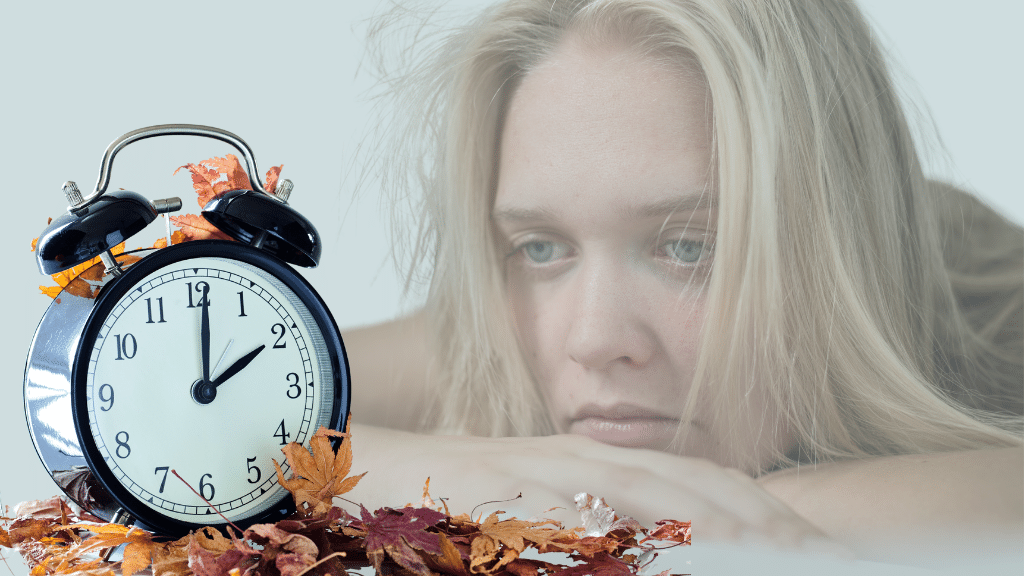
As we prepare for daylight savings time, it’s important for clinicians to remember that less sunshine and the earlier onset of darkness can trigger or exacerbate episodes of anxiety, depression, and suicidal ideation in clients who are already predisposed to those feelings and thoughts. I think many therapists would agree that treating anxiety and depression, although gratifying, can also be very challenging for several reasons. Many clients are adamantly opposed to medication although, paradoxically, they often self-medicate overwhelming feelings and thoughts with self-destructive and numbing behaviors including excessive eating, abusing alcohol, or “medical” marijuana. Then those numbing behaviors need to be addressed in treatment as well.
Many clients make decisions about medication from uninformed places like the internet or from fear. As such, we need to know how to address the “medication myths” that can prevent clients from exploring the viability of taking meds as a part of their treatment. There is also a considerable difference between “response” to meds and full remission, as many clients on medication are not getting complete relief from their vegetative symptoms. We need to encourage them to discuss possible changes in dosage, augmentation, or changing medication with their prescribing physician. Just because the medication “box” has been checked, doesn’t mean it shouldn’t be re-visited and re-assessed, especially when there are external changes like setting the clock back.
A person with inadequate sleep is 10X more likely to experience symptoms of depression and 17X more likely to experience symptoms of anxiety.
Clients who struggle with anxious or depressed feelings also often have sleep issues, and sleep deprivation can significantly exacerbate the symptoms of anxiety and depression. The diminished problem-solving skills and increased impulsivity of a sleep-deprived brain are associated with suicidal behaviors. A person with inadequate sleep is 10X more likely to experience symptoms of depression and 17X more likely to experience symptoms of anxiety. Studies have found that if a client presents with both insomnia and anxiety or insomnia and depression, and just the insomnia is treated, the anxiety and the depression will get better! Since daylight savings time can disrupt clients’ sleep patterns it should be explored in session.
Sleep deprivation also makes it harder for clients to get the most out of their therapy sessions as their ability to focus and concentrate, synthesize, retain, and integrate the content of sessions will be compromised. Assessing for clients’ sleep hygiene and giving them concrete ways to improve their sleep habits becomes another important intervention.
Anyone who works with these issues knows that there is an energy that permeates sessions with a depressed or anxious client. This relates to clients being either hypo-aroused or hyper-aroused. The client is not in the optimum window of arousal during the session and therefore cannot think and feel at the same time. Therapists must work harder to not acquiesce to that energy — which can be challenging with mirror neurons. We need to remain grounded and serve as arbiters of hope, and we often have to spend a lot of the therapy sessions trying to get the client back into the optimum window of tolerance.
Although I think it’s very important to educate clients about pharmacological interventions and encourage them to speak with their PCP’s — because sometimes you can’t move forward in therapy unless there is a pharmacological safety net — when we can also bring non-pharmacological interventions into the treatment process it puts more tools at our disposal. It can evoke clients’ curiosity, helps to avoid the power struggle that can happen with conversations about medication, helps to promote neuroplasticity which has a positive effect on mitigating anxiety and depression, and gives clients strategies to feel more empowered as they navigate the challenges of anxious and depressed mood, as well as the challenge of less sunshine and more darkness.
Clinician Tips:
Exploring any of the following expressive modalities as an adjunctive part of the treatment of depression and anxiety can be extremely helpful:
- Incorporating breathwork
- Teaching clients EFT tapping
- Processing affect through art and journal prompts
- Using visualization and guided imagery to evoke hope, competence, or comfort
- Increasing gratitude to help shift brain chemistry
- Working somatically to comfort and soothe the body and incorporating movement like Brain Gym and Power Poses to either wake up the nervous system or calm it down
- Intentionally spending time outdoors during daylight hours

